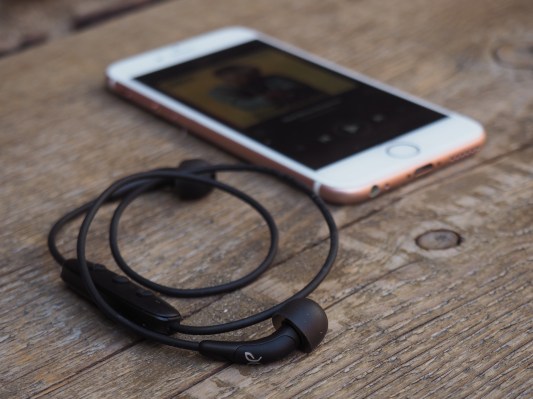At a glance
- Wireless
- Four-hour battery life
- New EQ app
- $200
Pros
- Compact design
- Comfortable fit
- Good sound
Cons
- Mediocre battery
- Some connectivity issues
The search for the perfect pair of Bluetooth earbuds has been a long and largely unfruitful one. After all, an awful lot can go wrong for such a small little device — and pretty much everything has: bulky builds, poor battery life, bad sound, awful range.
In 2012, Jaybird turned the industry on its head, coming seemingly out of nowhere with the BlueBuds X, a well-received pair of headphones that made a compelling case for the future of wireless earbuds. Since then, the company has continued to impress, largely iterating on the original designed focused on an active audience.
But while much of the press material for the Jaybird’s latest product continues to center around cyclists and gym rats, the Freedom marks a small but important shift for the company. With a smaller footprint, more high-quality build and a more universal fit, the headphones signal a step toward a more mainstream product.
And as rumors continue to swirl around the end of the headphone jack as we know it, such a play couldn’t come at a more opportune time for Jaybird. The company is arguably as well positioned as anyone to be the first Bluetooth earbud to the masses. But will the Freedom be the set to put the company over the top?
Little buds
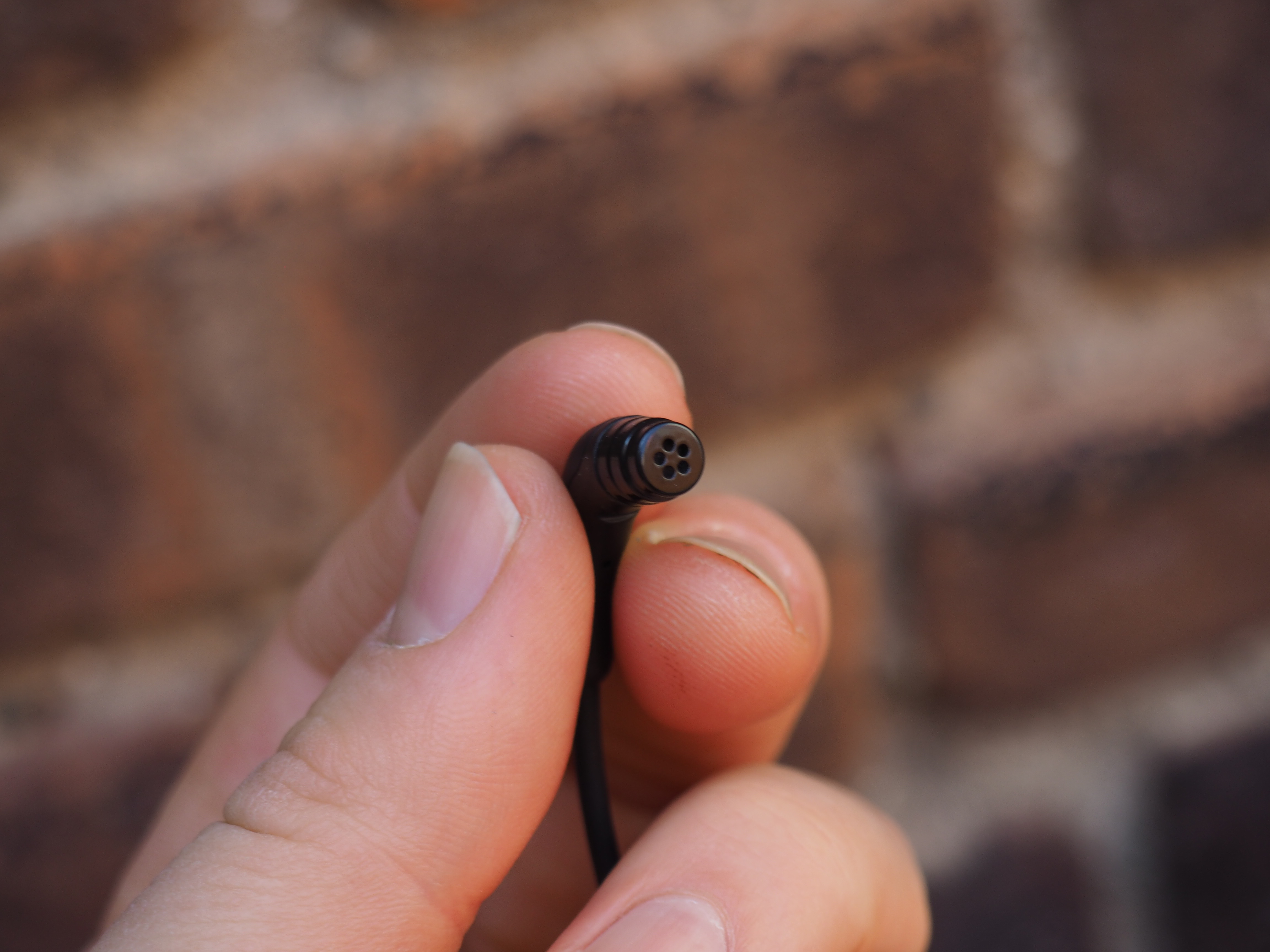
I’ve been following Jaybird’s products with great interest for largely selfish reasons. I just want a pair of good sounding, comfortable Bluetooth earbuds that can follow me around all day, from the gym to the office, to the subway ride home. And Jaybird keeps coming the closest to getting things right. Of course, they’ve never been perfect, because life is hard and we all die alone. But they’re pretty good.
My largest issue to now has been size. Like many headphone manufacturers, the company embeds much of the electronics in the buds themselves, resulting in weighty pieces of hardware that have trouble staying put while I go for a run — or even just a brisk walk.
Jaybird’s solution are those instantly recognizable plastic fins that you find all over the company’s press material. It’s a somewhat inelegant solution and one I’ve never been a particularly huge fan of, but the company swears by it. The Freedom headphones ship with the option, of course, but the headphone’s new architecture greatly reduces the need for such a support structure.
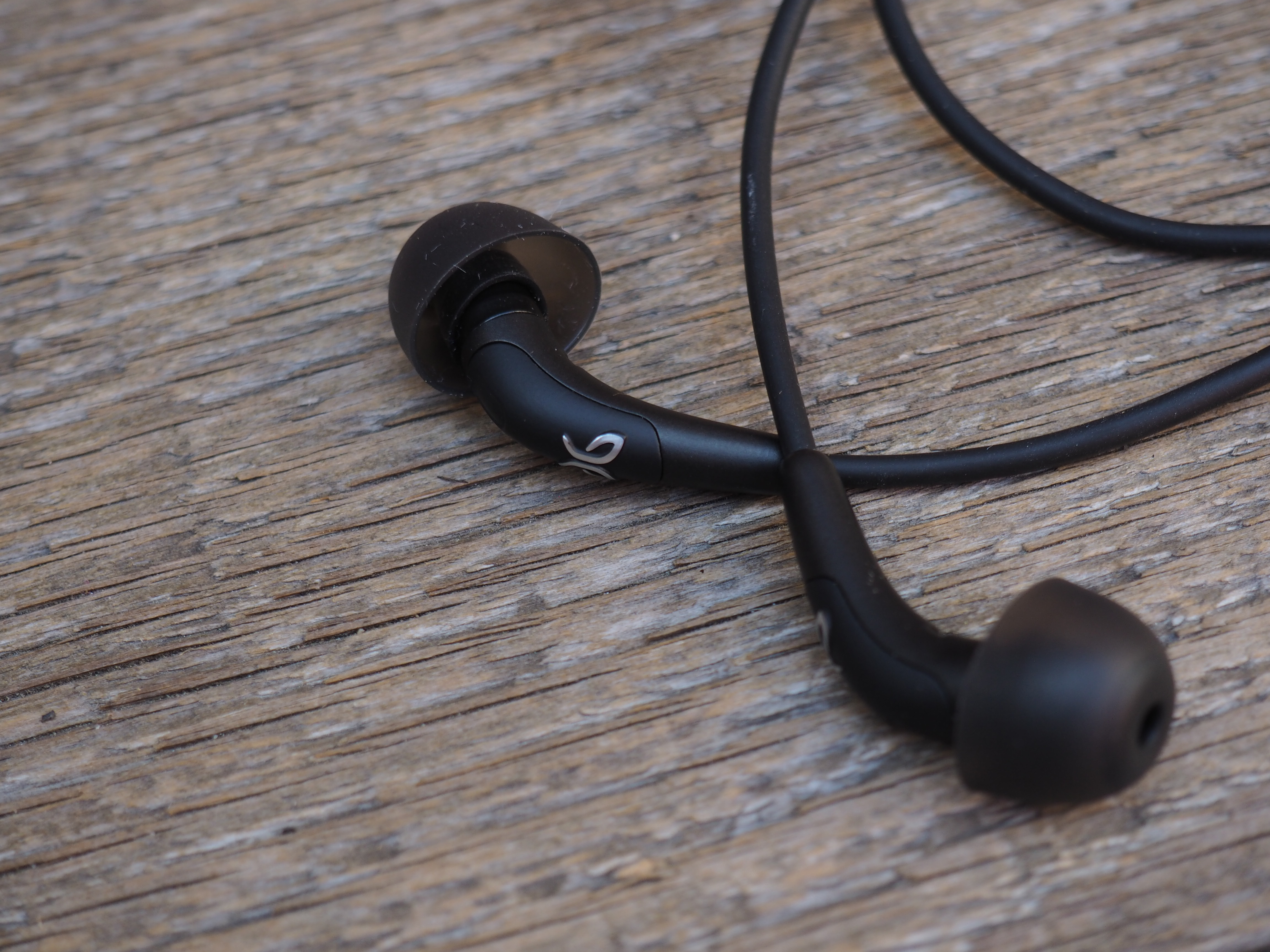
The headphone’s diameters have been reduced by 20 percent. But more than that, the whole structure is a lot smaller and more easily managed. At 5’ 11″, I probably have no right to complain about earbud sizes, but even I’ve found many units large and uncomfortable. By shrinking the Freedoms down considerably, the company has not only added a level of comfort, it’s opened up the product to a much larger potential user base. I hesitate to call any product “one size fits all,” but these earbuds certainly come closer than most.
The other big change to the hardware architecture is a move toward a stainless steel body. The biggest effect is aesthetic. The metal buds just plain look better and more versatile, moving away from the neon-colored sportswear sector into something you would actually consider wearing outside of the gym. The casing also makes the earbuds even more ruggedized than their predecessors.
Maybe “wireless” is too strong a word
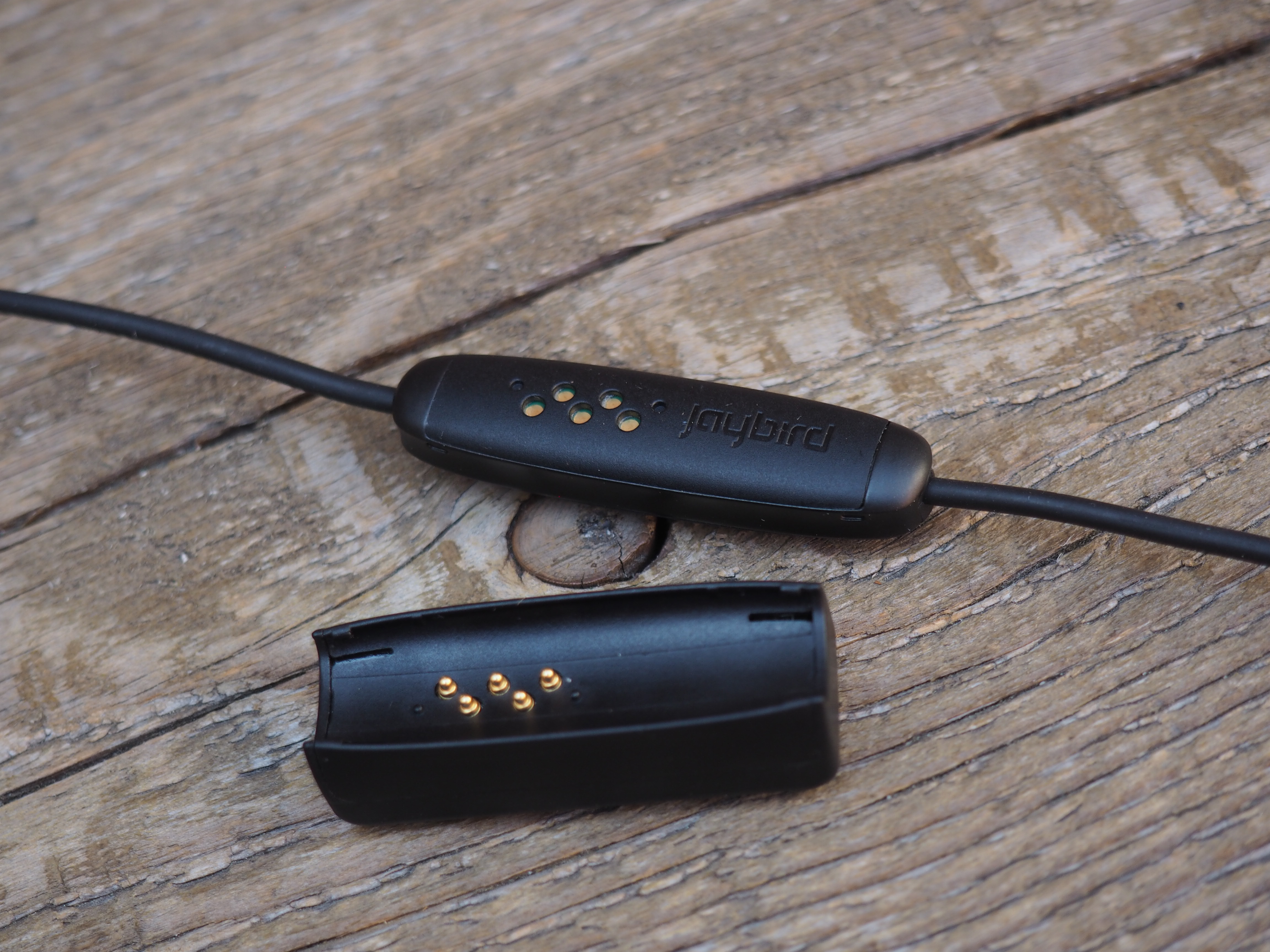
When I met with Jaybird CMO Rene Oehlerking ahead of this review, I felt compelled to ask him why the company hadn’t just gone completely wireless this time out? After all, we’ve see a number of fully untethered buds announced in recent months — isn’t that the true kind of “freedom” users are looking for?
The exec said that the company is looking at the technology, but added that the cord still makes sense for a number of reasons, like decreased likelihood of losing the $200 buds and the fact that untethered headphones require companies to double up on the hardware contained in the individual ears. Fair points all of them, and more to the point, companies are only just now starting to nail the technology in the current form factor.
I mostly don’t mind the cable, though it does have the tendency to rub against collared shirts. There are a few workarounds, including cord wraps and threading the cable over the ears. It might take you a few sessions, but you’ll figure out a comfortable fit.
The cable also houses the control panel and in-line mic. It’s bigger this time out, as Jaybird has shifted more of the electronics to that panel to help make the buds smaller. I thought it would be a bit of a nuisance before I actually tried the headphones on, but honestly, I forget it was there during use.
If I have one complaint, it’s that the module is a bit too close to one ear and made the over the ear thing a bit of a pain (particularly with glasses on), but that was pretty easily addressed with a little bit of fiddling.
Once you sync the device, an extremely enthusiastic woman’s voice lets you know that everything is swell. She’ll also alert you to other important bits of info, like when your battery is at 20 percent.
Let the music play
The Freedoms aren’t exactly for audiophiles, but they sound pretty good. Good enough to earn a spot in your life outside of the gym. In fact, I’ve been using them as my daily headphones for a while and haven’t missed a beat. The music is clear and the levels are evenly balanced.
And for those who, say, need a little bass, Jaybird now offers an app for customizing sound profiles. The app itself is pretty basic and features a handful of presets (including a few, interestingly, from sports figures, rather than musicians), but what’s most interesting here is that the settings save directly to the hardware, so you get the same levels regardless of which device you’re connected to.
The earbuds maintained a pretty solid connection through the listening, though I did run into a few bumps. Things were a little touch and go walking on a crowded street and I’ve had a bit of an issue trying to maintain a connection walking into an adjacent room. But for the most part, the Bluetooth connectivity is about on par with other devices.
Accessories
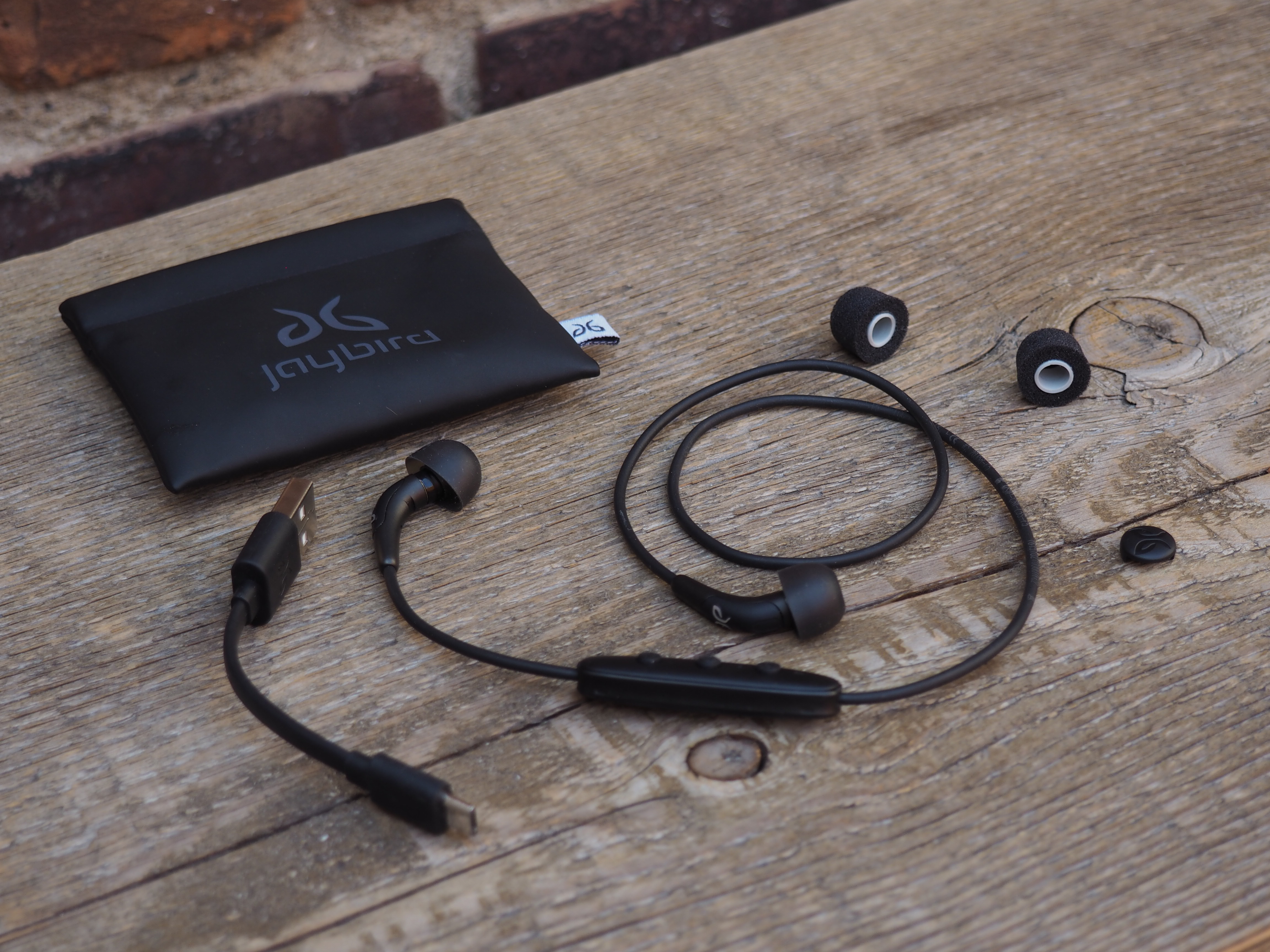
The battery life on the Freedom isn’t great. Jaybird rates it around four hours, and I tended to get less. On the upside, the company’s created a cool little charging dock that clips directly onto the control panel, effectively doubling the device’s longevity. The clip is also how you charge the headphones. And if you get two, you can swap them out and always keep one charging.
The headphones also come with a handy little leather bag and a variety of wings and tips. I found myself mostly gravitating toward the standard silicone tips, but the spongy ones fit nicely as well when you squeeze them and let them expand in-air like a pair of disposable earplugs. Those tend to be sweat magnets and get gnarly kind of quick, so I don’t use them all that often.
Still the best
At $200 ($50 more than the X3s), the Freedom might be a little pricey to truly be considered mainstream. Even so, it’s easy to see how the little buds might go a ways toward expanding Jaybird’s reach beyond fitness fanatics. They feel good, look good and sound good. They’re not perfect, but they’re a strong contender for the best set of wireless earbuds around.
